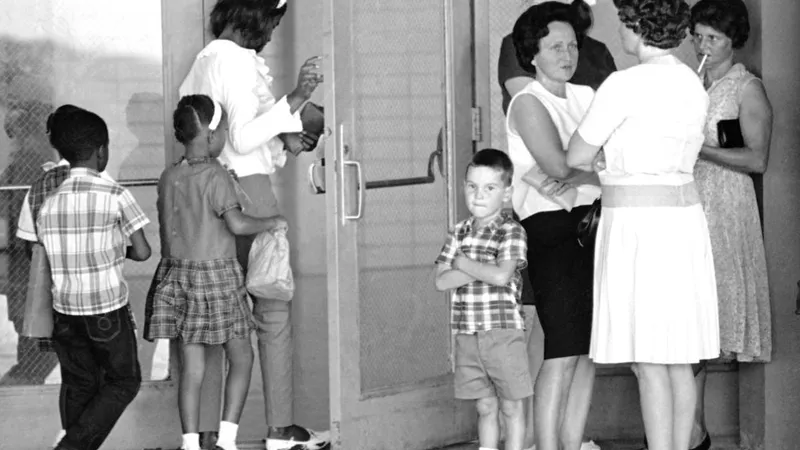In a move that’s kicked up dust across the education landscape, the U.S. Justice Department has pulled the plug on a school desegregation order that’s been on the books since 1966. The decision, announced on April 29, 2025, targets Plaquemines Parish, a slice of southeast Louisiana hugging the Mississippi River Delta. It’s a bold step, one that’s got folks on both sides of the fence talking—some cheering, others sounding alarms.
Back in the ‘60s, when segregation was still a raw wound, the federal government stepped in to force Plaquemines Parish schools to integrate. The order was part of a broader push to dismantle the Jim Crow scaffolding that kept Black and white students apart. It required the district to report annually on everything from hiring practices to student discipline, ensuring no backsliding into old patterns. Fast-forward to 2025, and the Justice Department says the order’s time is up. The district, they argue, has been integrated since 1975, and keeping the oversight in place is like punishing a kid for a crime they didn’t commit.
Plaquemines Parish isn’t some sprawling urban hub—it’s a tight-knit, marshy stretch of land with about 23,000 residents. Its schools, serving roughly 4,000 students, have been under this federal microscope for nearly six decades. The Justice Department’s reasoning? The district’s demographics and practices have shifted enough to prove segregation’s ghost isn’t haunting the hallways anymore. They point to data showing mixed classrooms and hiring that doesn’t raise red flags.
But the decision isn’t just about one parish. It’s a signal. More than 130 school systems, mostly in the South—Alabama, Georgia, Mississippi, and a handful in states like Florida and South Carolina—still operate under similar desegregation orders. Plaquemines Parish could be the first domino. The Justice Department hasn’t laid out a hit list, but the move suggests others might follow, especially under the current administration’s push to dial back federal oversight.
Critics aren’t buying the “mission accomplished” line. They warn that lifting these orders could open the door to resegregation, subtle or not. Studies show schools in districts freed from court oversight often see racial divides creep back—faster than you’d expect. Without federal eyes on hiring or discipline, small decisions can snowball, nudging schools toward patterns that echo the past.
The legal nuts and bolts are straightforward. The 1966 agreement was between the U.S. government and Plaquemines Parish schools, but it allowed third parties—like parents or advocacy groups—to petition courts if segregation signs reemerge. For now, the district is off the hook, no longer required to file those annual reports. But the door’s still open for challenges if things slide.
This isn’t a dusty history lesson—it’s a live wire. The debate over desegregation orders isn’t just about legal paperwork; it’s about what fairness looks like in 2025. Plaquemines Parish is the starting line, and the nation’s watching to see where the race goes next.
The Justice Department announced the decision on April 29, 2025. Plaquemines Parish schools serve approximately 4,000 students. Over 130 school districts remain under active desegregation orders, primarily in Alabama, Georgia, and Mississippi.

